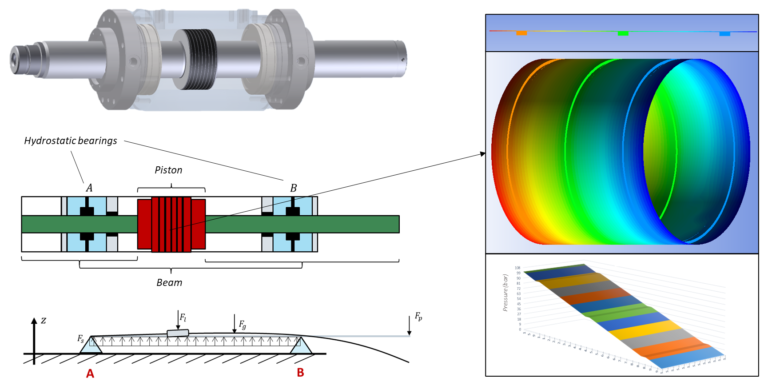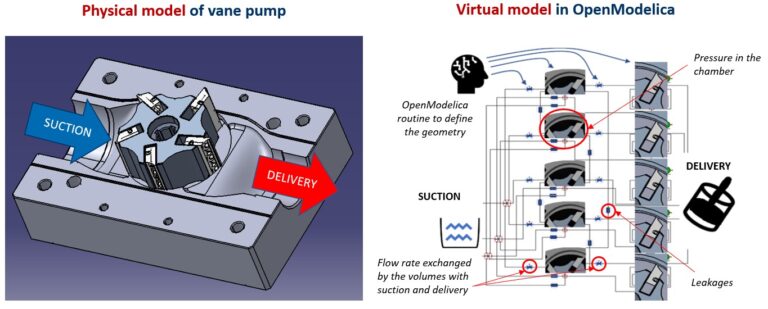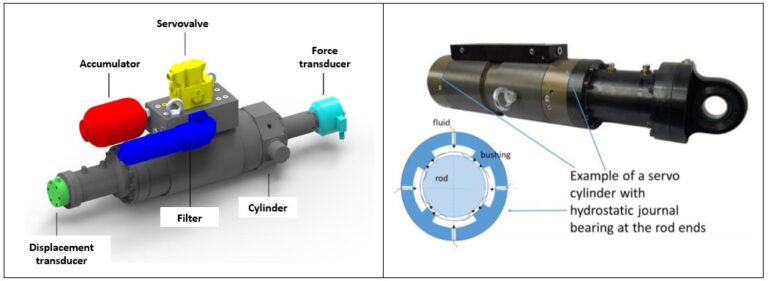Hydraulic manifolds are used to realize compact circuit layouts, but may introduce a high pressure drop in the system. In fact, their design is optimized more for achieving minimum size and weight than for reducing pressure losses.
This work studies the pressure losses in hydraulic manifolds using different methods: Computational Fluid Dynamic (CFD) analysis, semi-empirical formulation derived from the scientific literature, when available, and experimental characterization.
The purpose is to obtain the pressure losses when the channels’ connections within the manifold are not ascribable to the few classic cases studied in the literature, in particular for 90° bends (elbows) with expansion/contraction and offset intersection of channels.
The comparison of the results obtained allows for drawing some guidelines for the design of the manifold channels and to discuss the reliability of CFD analysis as a tool to improve the design of a hydraulic manifold. We focus first on simple geometries, considering the intersection between the channels of the manifold with one or two 90° elbows. This way, we can compare our results with the ones already published in the literature, validate the analysis, and then apply the same analysis method to test cases not previously discussed.
Results from CFD simulations show that the virtual analysis can depict the correct trend of pressure drop in all the different geometries analysed following, at a “certain distance”, the experimental results. The difference between experimental and CFD results normally increases with the flow rate and the pressure drop. The gap is, however, quite high and always with an overestimation of CFD simulations compared with the experimental results.
Going into the detail of manifold design rules, some considerations can be highlighted regarding the possibility to introduce an elbow with a moderate expansion in the manifold (no great changes with reverse flow, i.e. through a contraction), the use of offset intersections and the ‘shape’ to prefer (and the one to avoid) when two consecutive elbows are necessary in the manifold passage, always related to the relative distance between the elbows.
The next step of this research is to analyse what happens with more complex but realistic connections on a manifold block, still comparing the CFD analysis and the experimental results, and deepening the study of aeration/cavitation occurrence.



